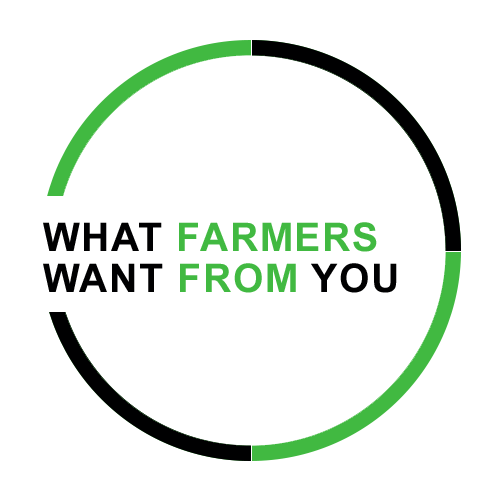 Editor’s Note: While we usually talk to a production farmer for this feature in PFD, for this issue we spoke with a researcher who is developing equipment that works in concert with specific hybrid seeds, utilizing test plots as his laboratory.
Editor’s Note: While we usually talk to a production farmer for this feature in PFD, for this issue we spoke with a researcher who is developing equipment that works in concert with specific hybrid seeds, utilizing test plots as his laboratory.
“At every farmer meeting I speak at, I ask, ‘How many in the room have management zones set up for their farm fields?’ Consistently, I get one farmer out of a roomful of an average of 100 attendees,” says Jason Webster, practical farming research director for Beck’s Hybrid’s in central Illinois.
Webster has worked on research that can take precision farming techniques to the next level. He and others on his research team adapted a Kinze 8/15 planter to be able to plant two different corn hybrids, depending on soil type and yield potential.
A Precision Planting 20/20 monitor with a RowFlow module controls two hydraulic motors that drive eight row units on the front toolbar as well as eight rows on the back tool bar.
“Typically, the front row of planting units carry the ‘defense’ hybrid best matched to soils with lower yield potential and the back row of units carry an ‘offense’ hybrid with higher yield potential for areas of the field with higher yield potential,” Webster explains.
The front planter tool bar had to be heavily modified to allow the front row units to track within 8 inches of the rear units.
Point of Pain: Setting Management Zones
“We thought adapting the front tool bar was going to be our biggest challenge, but getting the management zones set up in the field was much more challenging,” Webster explains. “That’s where dealers could offer great value to farmers, helping them get their fields set up in management zones that will allow them to make better use of their precision farming equipment.
What Farmers Want From You is a series of farmer profiles that examine the scope of precision farming tools individual farmers are using on their operation, along with the frustrations that can occur with adopting new technology and how dealers can alleviate those "points of pain" for farm customers. For the latest additions to the series, visit our What Farmers Want From You feed.
“About 25% of our farmers have planters that can allow them to vary population on the fly, but very few are capable of using variable population rates to help them maximize yields and net returns,” he says.
After one year of research, Webster and his colleagues have found that matching the right hybrid and population to the soil type can increase yields by as much as 18% and realize $107.38 more in net revenue per acre.
“That additional profit can help buy quite a bit of planting equipment,” he says.
Similarly, matching poorer soils with hybrids geared for strong emergence and resilience can beat out high-yielding hybrids in these conditions. In its two field trials in 2012, the defense hybrid on poorer soils netted a 2.4 and 11.2 bushels per acre advantage over the offense hybrid, which translates to $14.14 and $66.08 per acre increase in net revenue, respectively.
“This research shows farmers can benefit by varying hybrids and populations across a field. But that can’t be done until management zones are established,” Webster says. “With last year’s dry weather, yield maps can quickly delineate logical management zones. As more data gets added to fine-tune these zones, average yield and net return should go up as inputs are applied closer to what the crop needs in specific areas to achieve higher yields.
”We are just scratching the surface, and there is plenty of interest in what we’re doing. Precision equipment dealers can take advantage of this information to help their customers use their precision equipment even more fully.”



![[Technology Corner] Autonomy & Robotics Take Center Stage](https://www.precisionfarmingdealer.com/ext/resources/2026/01/12/Autonomy--Robotics-Take-Center-Stage.webp?height=290&t=1768253759&width=400)


